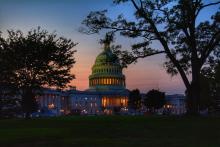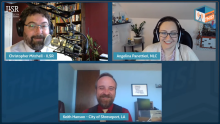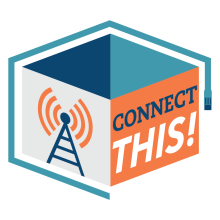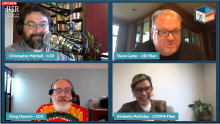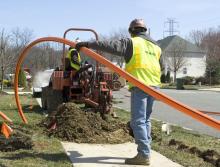A Community Guide to Federal Broadband Funding Opportunities
Update, 1/22/22: Common Sense Media has released an easy-to-read, comprehensive guide to federal broadband funding opportunities. Read it here.
In response to the Covid-19 pandemic, Congress and the Biden Administration passed two federal stimulus relief packages with historic levels of funding for programs devoted to advancing digital equity – the American Rescue Plan Act (ARPA) and the Consolidated Appropriations Act (CAA).
In early August, legislators in the U.S. Senate passed the Infrastructure Investment and Jobs Act, a $1.2 trillion infrastructure package which continues many of the federal programs started by previous relief packages and includes $65 billion more for expanding high-speed Internet infrastructure and connectivity. Members of Congress returned from their summer break on September 20th and U.S. House Representatives are expected to vote on the infrastructure relief bill, which enjoys bipartisan support, on September 30th.
This guide consolidates the different funding opportunities made available through various relief packages to assist communities interested in accessing federal funds to expand broadband infrastructure and digital inclusion services. It updates ILSR’s Community Guide to Broadband Funding released in April of 2021, which describes programs established under ARPA and CAA in more detail, provides additional resources and answers FAQs.
Important upcoming deadlines are bolded throughout this guide.
Infrastructure Investment and Jobs Act – Pending


